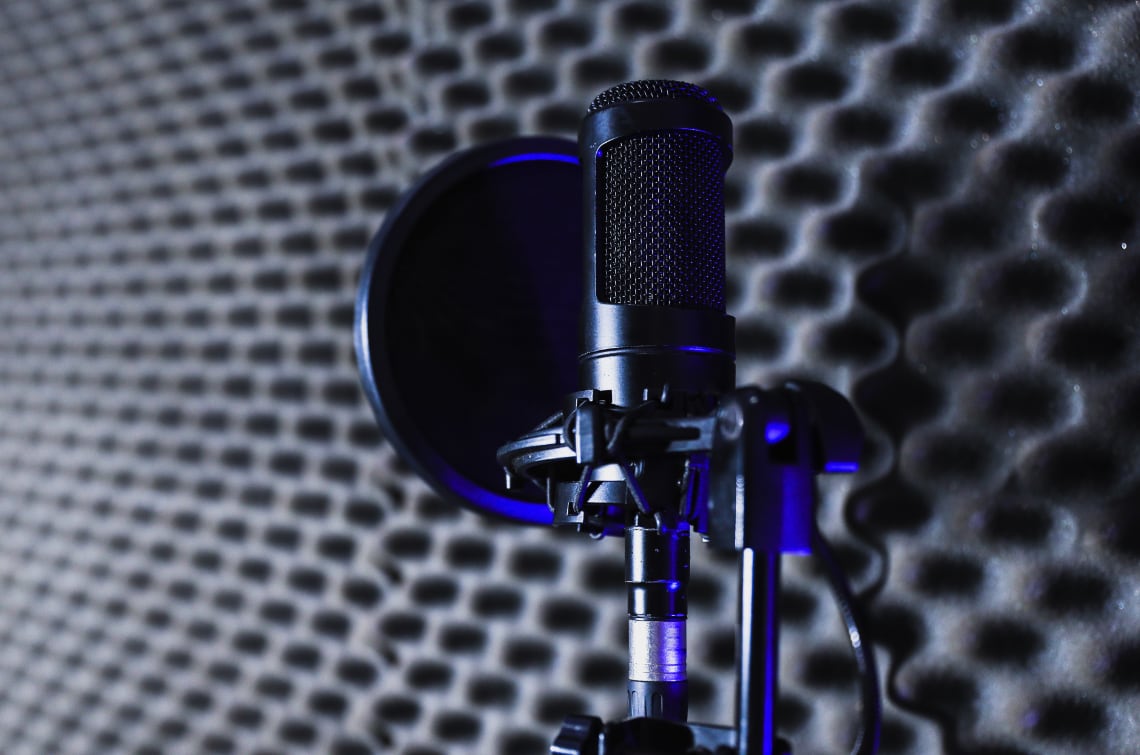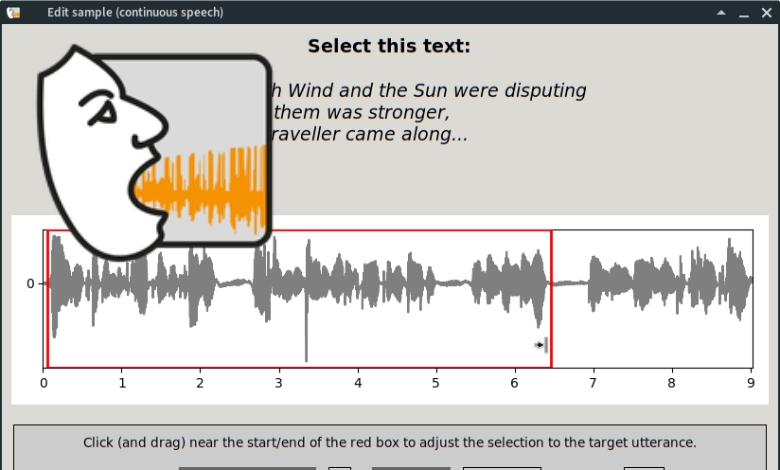Article index
The microphone this unknown tool
D Opo have talked about the importance of having a "well -isolated and absorbent recovery room, but not too much" we face the first element of our audio chain.
Knowledge and experience have supported the thesis "A voice, a microphone" , as confirmed by the session a few years ago with Roberto Brilli, former rats of the Sabina [photo here on the side]. Let's start with an illuminating experience: in the mid -80s a very good rock group with an excellent singer came to my studio. As usual, before recording the voice I got it warm while I was testing the microphones to understand which one was closest to his ropes.
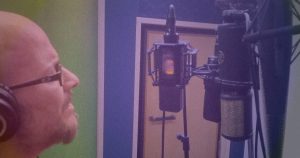 The equipment of my study was lower than the current one and I had about twenty quality microphones available, but he found no microphone that satisfied him!
The equipment of my study was lower than the current one and I had about twenty quality microphones available, but he found no microphone that satisfied him!
Desperate I gave him my last microphone: that of Talkback (used to communicate from the direction to the recovery room) a 30,000 lirette dynamic technical audio.
The singer went crazy: "This is my microphone!" .
Stunned I asked confirmed to the others of the group saying that it was the lower quality microphone of the whole study but they replied that if it was fine with him it was fine to them too ... in 4h we recorded 6 traces of excellent quality. Unfortunately there is no trace of those songs because the tensions between the members of the group led to breakage before the missages.
Now a minimum union of theory, without going into details, indispensable to understand the technical terms.
The operation of all microphones is caused by the movement of a membrane caused by a sound source that is converted into electrical signal.
According to the operating principle we divide the microphones into three large categories: dynamic, capacitors and tape.
Dynamic microphones are definitely the most robust (therefore favorite favor) but their limits are the frequency response that is not very linear, the low signal/noise ratio and the poor sensitivity (i.e. we have to get very close to resuming the whispers). The capacitors who use active electronics (generally fed by Phantom 48v*) to "excite" the lamina, at the expense of a lower robustness, have decidedly better values.
The ribbon microphones have been back in vogue for a few years for their characteristic frequency response that "gradually chamders" the higher frequencies giving in the studio (they are not indicated for the concert because they are very delicate and, generally, with polarity "8") A hotter sound than condensators, characteristic of the aluminum diaphragm except for the use of nanofilm in the most recent models.
Phantom 48V feeding is essential for condenser microphones but also serves some dynamic and tape microphones with active circuits.
NB: The Phantom 48V does not damage the balanced dynamic microphones or the most recent ribbon ones ... but always refer to the manual, also because some models are needed different tensions from the 48V.
Another important term to understand how a microphone works is polarity, that is, the direction towards the source; The following table shows the simplified theoretical graphics of the most used polarities for the voice and real responses compared to the specific angle of two microphones (AKG 414 - Lewitt 441flex).

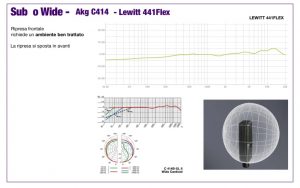
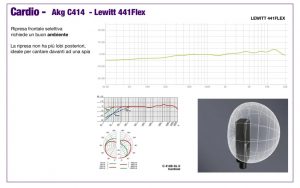
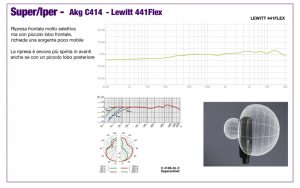
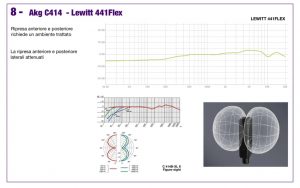

The graphs of the angular response (the round and less intuitive ones visually) give us a very important indication: the source, in this case our mouth, must be directed towards the microphone, otherwise already with 30 ° (in our case few mm! ) There will be a less linear answer.
Another important feature is the so -called proximity effect, [photos on the side] or the increase in low frequencies by bringing the microphone closer to the source ... in our case the voice. We often see this effect used by art by singers of different genres, from beatbox to jazz. A way to avoid it in the studio is to use the anti-pop filter, it is often enough angular of a few degrees (in order not to run into the critical issues of the table!) The microphone compared to the item.
A fact that microphones manufacturers do not provide is the focal length that varies from microphone microphone, a bit like it happened for the objectives of the photographic machines. You will have noticed everyone that the widespread cardioid Shure SM58 has no good recovery if placed 50cm from the voice, while the cardioid Schoepps Mk4 "remains on fire" up to 1 meter ... except interference from other sound sources.
At this point your question will be: "But which microphone do you recommend?"
As written previously there is no absolute microphone, but the best one for your voice.
In the studio as practice we start from original choices but comforted by the positive reactions of many singers [photos on the side] such as the Omnidirectional MK2S Schoepps (you will surely have seen the MK4 cardioid model for the 3 tenors) and the Se Electronics RNR1 with polarity " 8 "(complex acronym to say that it had been designed by Rupert Neve, one of the study electronics guru) and we integrate with 4/5 microphones with the first 2 take.
How can you do? The best solution is to take the tests in your place, to understand the behavior of your voice also according to the environment. To take the tests with you with multiple microphones you can take an agreement with your trusted shopkeeper (Buy Local!) Or let them lend or rent by friends, a study or a service.
If none of these solutions are feasible for you, I recommend you do the tests in a well -stocked study ... particularly if you want to make an important purchase.
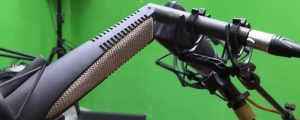 Let's end with a note: the optimal use procedure. With all the devices off, we arrange the auction, the elastic clip/suspension, the microphone and finally the anti-pop. Then we connect the microphone cable and the cap to the sound card, which in turn is connected to the computer. We check that all the volumes are at a minimum and we turn on (if the 48V also necessary) ... to raise the volumes there is always time, but a whistle or a bang on the ears will hurt immediately, it will ruin the session and will have repercussions over time.
Let's end with a note: the optimal use procedure. With all the devices off, we arrange the auction, the elastic clip/suspension, the microphone and finally the anti-pop. Then we connect the microphone cable and the cap to the sound card, which in turn is connected to the computer. We check that all the volumes are at a minimum and we turn on (if the 48V also necessary) ... to raise the volumes there is always time, but a whistle or a bang on the ears will hurt immediately, it will ruin the session and will have repercussions over time.
PS: in July we will make a comprehensive session with many microphones and many different voices for which we have a couple of free places.
But consider that they will not be sessions with your voice, so the recommendation to take a test in a professional studio and have little to trust the videos that rage, regardless of those who made them ... also remains valid ... also because often after the recovery there are strong voice treatments (from noise gate + eq + compressors of the old anological school, to transient shaper systems, multi-friendly compressors, intonation correctors, etc. of the most recent plugins) with important and difficult changes to understand during a "simple" listening .


